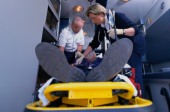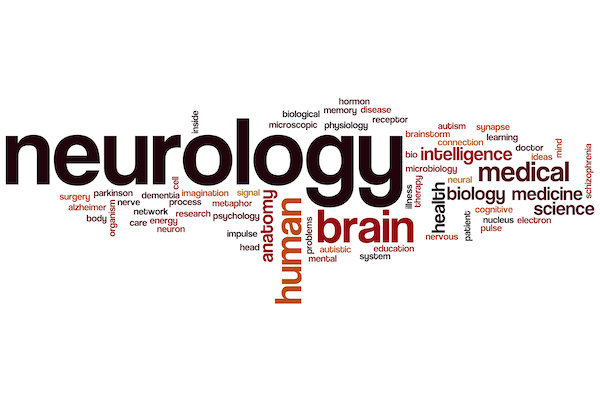
THURSDAY, May 13 (HealthDay News) — Patients who get the clot-busting drug alteplase (tPA) within 4.5 hours of having a stroke fare better than patients who are given the drug later, Scottish doctors report.
It has been known that treating a stroke earlier is better than later, but this study shows for the first time that there is significant harm done with starting tPA after 4.5 hours, the researchers noted.
“The benefit of giving this treatment for stroke continues if we start it as late as 4.5 hours,” said lead researcher Dr. Kennedy R. Lees, from the University Department of Medicine and Therapeutics of the Gardiner Institute at the Western Infirmary in Glasgow.
“There is no net benefit to patients if you start the treatment after 4.5 hours. But if you start treatment after 4.5 hours, you will have more patients who die,” he added.
“Starting at an hour is much better than starting at two hours, and that’s better than three hours, and that’s better than 4.5 hours,” Lees explained.
The benefit derived from early tPA treatment is a long-term benefit, Lees pointed out.
“It’s a benefit that we can measure three months later,” he said. “So, what we are getting is long-term improved function. They are more likely to have no symptoms and more likely, if they do have symptoms, to be able to do things for themselves, or need less help. A whole range of disability is reduced, by just starting tPA a few minutes earlier.”
The report is published in the May 15 issue of The Lancet.
For the study, the research team collected data on 3,670 patients in eight trials that investigated how the benefits and risks of tPA changed based on the time the drug was given after the onset of a stroke.
The investigators found that when tPA was given within 4.5 hours, the chances of a positive outcome were good. However, when the drug was given later, the chances of a strong recovery rapidly declined.
In fact, patients given tPA within 90 minutes after suffering a stroke were more than 2.5 times more likely to have a good recovery, compared with similar patients who did not get the drug. Moreover, patients who got tPA 4.5 hours after their stroke had only a 22 percent chance of a good recovery, compared with patients who never got tPA, the researchers found.
Lees and colleagues also found that patients given the drug after 4.5 hours of the onset of a stroke were more likely to die.
These findings mean that patients have more time to get to the hospital, Lees said. “The message for the doctors is we can’t waste a moment once the patient has arrived in starting treatment, so there is more time for the patients and less time for the doctors.”
Dr. Steven R. Levine, a professor of neurology at Mount Sinai School of Medicine in New York City and co-author of an accompanying journal editorial, agreed that “the sooner you get treatment for your stroke, the more likely you are to have minimal or no disability from it.”
For every 90 minutes you wait to get treated, you reduce your chances of a good recovery by a factor of two, he noted. “For every 10 minutes you wait, that’s about 20 million brain cells that are dying,” Levine said.
Everybody needs to know about stroke and what to do, Levine said. The first thing is to call 911, he said.
“Time is brain. That’s really the message,” he said.
Another expert, Dr. Larry B. Goldstein, director of the Duke Stroke Center at Duke University, said that “this combined analysis is consistent with the prior analysis based on a smaller number of trials and reinforces the benefit of treatment with tPA on carefully selected patients with acute ischemic stroke.”
It also reinforces the need to begin treatment as soon as possible after symptom onset, Goldstein added.
“Even though selected patients may derive benefit up to 4.5 hours after symptom onset, the likelihood of benefit is much greater if treatment can begin sooner. Primary stroke centers are organized to evaluate and treat stroke patients in an expedited fashion. Time saved is brain saved,” he said.
More information
For more on stroke, visit the U.S. National Institute of Neurological Disorders and Stroke.

